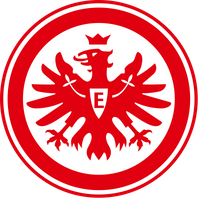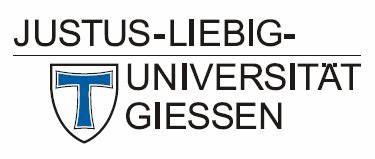Concept: Rehabilitation & Athletics
Our athletic philosophy is reflected in the detailed requirement profile of the junior player in chapters. The main focus of our work is on prevention, basic endurance and whole-body stabilization, and position-specific athletic training is also carried out from the B-youth onwards. The athletics-specific requirement profile in youth soccer at TSG Wieseck aims to further develop the sports motor skills of the players. For this purpose, the conditional and coordinative skills are specifically trained and practiced in the training.
Requirement profile performance area JugendFörderzentrum TSG Wieseck
Konditionelle Fähigkeiten
Endurance:
- 70-90 minutes of constant movement (interval-type continuous effort).
- Constant change of pace: high and highest speed, changes of direction, slow runs, pauses for walking, pauses for trotting.
- Very high overall performance, can only be mastered with good general (basic) endurance.
- However, training must not be oriented to long-distance runners, but must be adapted to the above-mentioned tempo changes. Nevertheless, GA1 must be present!
Endurance forms:
- General basic aerobic endurance GA1 for general fatigue resistance and ongoing regeneration ability (GA1).
- Anaerobic endurance capacity GA2 and competition specific endurance (WSA) for e.g. relatively long lasting opponent pressure for 20-60 seconds (GA2/WSA)
- Interval loads in the submaximal and maximal HR range competition-specific endurance (WSA).
Strength:
- Soccer multicomplex mix of speed strength, power endurance, and speed.
- Functional capacity is a prerequisite
- Mobility makes movement, strength/stability controls movement
- Speed strength: sprinting, jumping, kicking, tackling, change of direction
- Strength endurance: the muscular capacity to be fast, agile and jump for 90-120 min.
- Strength endurance, hypertrophy, maximum strength, speed strength, quickness.
- Additionally, good core stability for center of gravity control and fluid, powerful and effective movements
Strength Forms:
- Maximum strength enables athletes to perform maximally powerful movements following a muscle contraction e.g., full-span shot from distance.
- Rapid strength enables the athlete to generate large force impulses in the shortest possible time, e.g. during sprinting, jumping, shooting, dueling, change of direction.
- Strength endurance enables the athlete to maintain muscular capacity over 90-120 min. while being fast, agile, and strong in jumps
Speed:
- Max. Running distances at high and highest speed between 5 and 50 m.
- Shorter, fast, explosive or longer sprints
- Quick turns, deceptions, changes of direction with and without the ball
- Agility: Ability to perform dribblings, goal kicks, deceptions, changes of direction, duels, etc. under maximum pressure from opponents at top speed!
Speed skills:
- Reaction speed in relation to ball & opponent.
- Action speed, e.g. taking the ball and then shooting at goal as quickly as possible.
- Sprinting speed due to quickness and good running technique as well as functional requirements.
- Predominantly in soccer, acyclic speed, i.e. short kick-offs or explosive jumps with acyclic following movements - accelerating & decelerating
Mobility:
- Joint mobility: for functional and sport-specific movement sequences.
- Stretching ability: for best possible functionality of the musculature and for injury prevention
Coordination skills
Coordination:
- Reaction ability: quick reaction during feints or goal finishes.
- Rhythm ability: running rhythm during oversteps
- Coupling ability: optimally coordinate partial body movements.
- Spatial orientation ability: target-adequate change of position and movement of the body e.g. drop kick, spatial coverage, aerial duel, header.
- Kinesthetic differentiation ability: high fine-tuning of individual movement phases e.g. passes with power, spin, less power, arm use etc.
- Balance ability: dribbling, duels, headers, actions with opponent influence Changeover ability: loss of ball causes changeover from attack to defense

